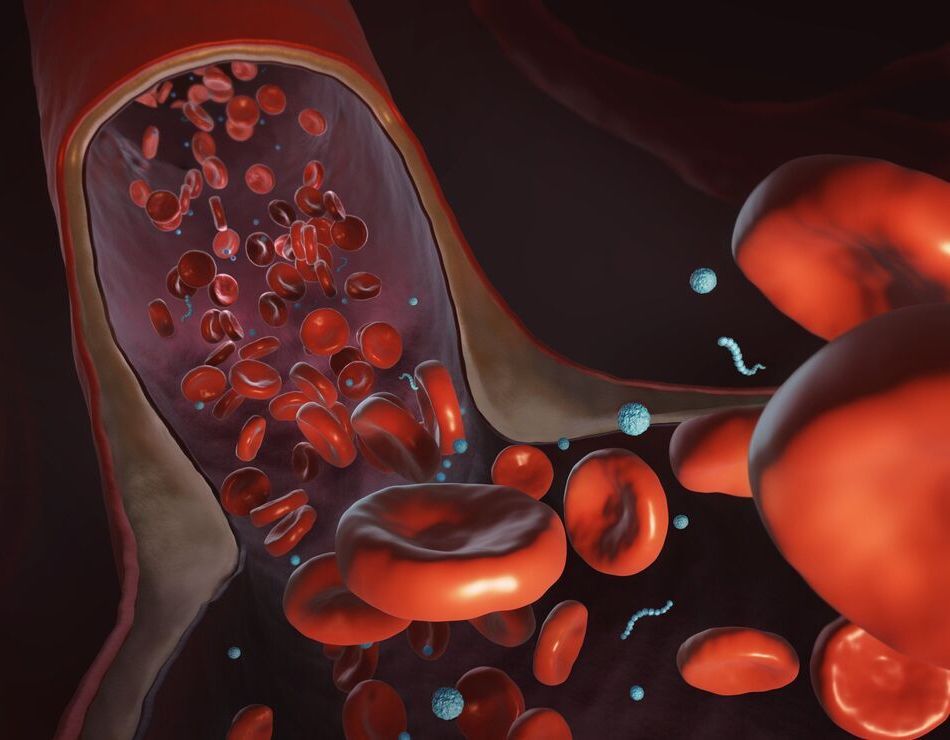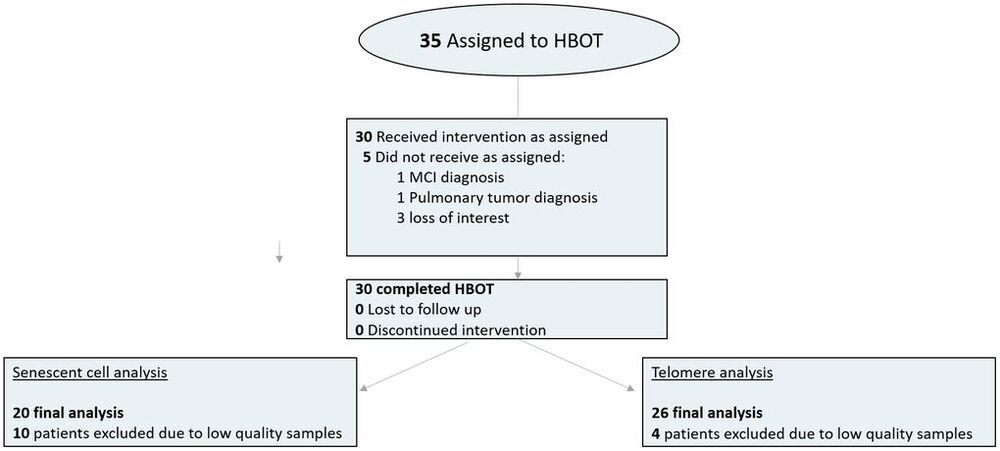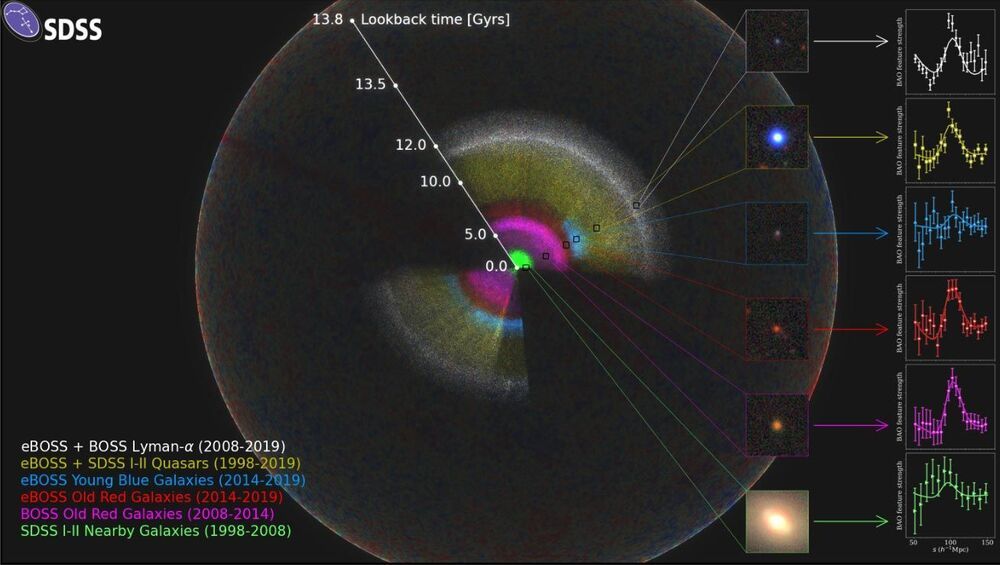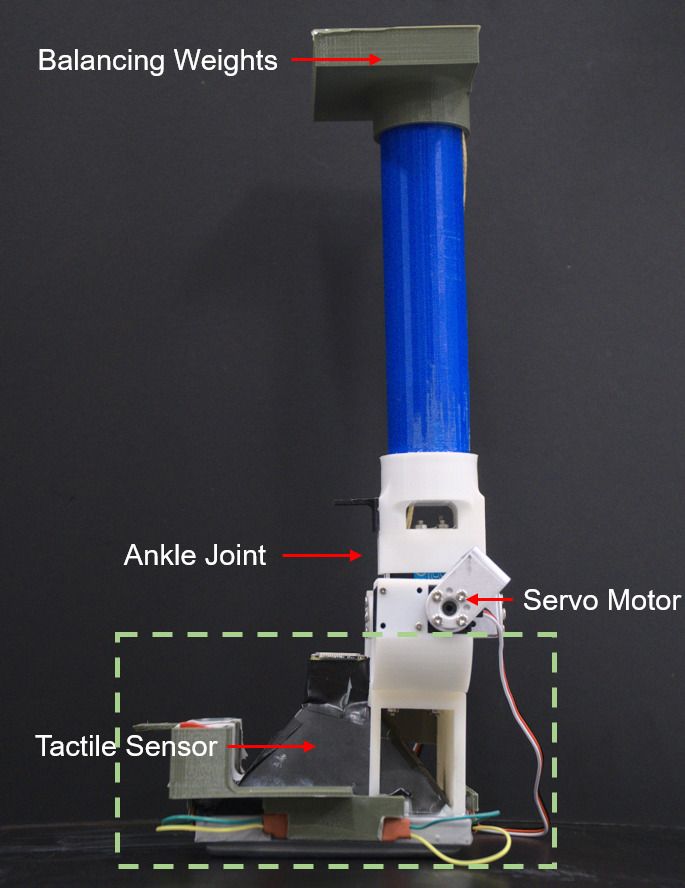#discoveryofcellclass9, #discoveryofcellclass8, #discoveryofcellinenglish, #celltheory, #biology, #cells, #Discoveryofthecell, #Antonievanleeuwenhoek, #Roberthooke, #micrographia, #MatthiasJakobschleiden, #schleidenandschwanncelltheory, #schleidenandschwann, #schleiden, #schwann, #Theodorschwann, #Rudolfvirchow, #leeuwenhoek, #leeuwenhoekandmicroscopiclife, #cell, #cellorganelles, #sehar, #easypeasy
This video explains the discovery of the cell and cell theory.
Thank You For Watching.
Please Like And Subscribe to Our Channel: https://www.youtube.com/EasyPeasyLearning.
Like Our Facebook Page: https://www.facebook.com/learningeasypeasy/
Join Our Facebook Group: https://www.facebook.com/groups/460057834950033
Support Our Channel: https://www.patreon.com/supereasypeasy








